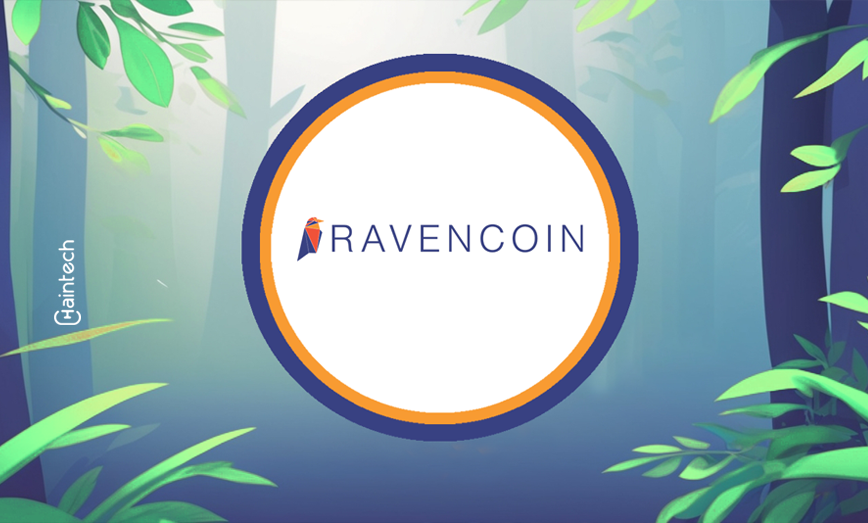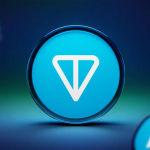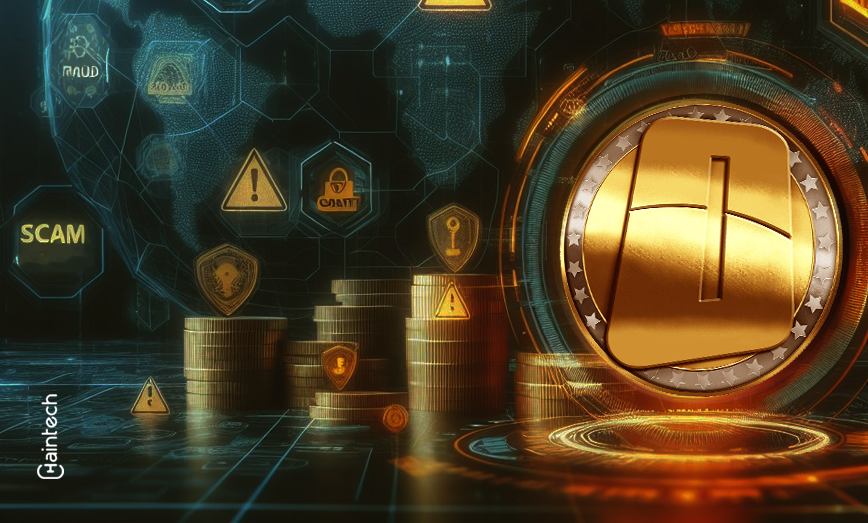Ravencoin – What is it?

What is a Ravencoin?
Ravencoin is an open-source Bitcoin fork and blockchain platform. The programme is optimised to let users produce and exchange tokens worldwide in minutes. It was inspired by Bitcoin to make real-world tokens easy to create and transfer. This includes securities, collectibles, gold, event tickets, and whatever else the issuer chooses. Overall, Ravencoin is about token production and maintenance.
Raven users can develop, define, and control their assets independently of the protocol. These assets can be transferred to any Ravencoin address, and the developer can use tangible assets to create NFTs.
History of Ravencoin
Developer Tron Black and businessman Bruce Fenton developed Ravencoin in January 2018. The Ravencoin white paper was written by Black, an entrepreneur and founder of two companies, and Satoshi Roundtable host Fenton. Black contributed to blockchain as one of Overstock.com’s initial four employees at t0 (tZERO).
Medici Ventures, an Overstock.com blockchain startup, helped Ravencoin develop. Ravencoin wanted a fair, decentralised mining ecosystem that didn’t privilege ASICs over regular computer technology.
Ravencoin prioritised mining fairness and decentralisation. In January 2020, primary developer Tron Black revealed that ASIC miners have exploited it’s initial methodology, giving them an advantage over computer miners. It changed its algorithms to make ASICs behave like computer hardware, levelling the playing field for miners.
Ravencoin makes asset creation and transfer possible on its decentralised blockchain. Project development and community participation show its dedication to blockchain fairness, decentralisation, and innovation.
How does Ravencoin work?
Ravencoin, a Bitcoin fork, adds features and a protocol. Ravencoin uses KAWPOW, a Proof-of-Work (PoW) consensus mechanism that makes it more accessible to miners and promotes decentralisation.
It’s block time is one minute, compared to Bitcoin’s ten. New blocks are added to the Ravencoin blockchain every minute, speeding up transaction processing. With a 2 MB block size, Ravencoin has much more transaction capacity than Bitcoin.
It aims to expand Bitcoin’s asset-creation capabilities. Early Bitcoin users envisioned issuing tokens on the blockchain, and Mastercoin, Counterparty, and Coloured Coins were early attempts. These projects showed that Bitcoin could facilitate asset issuance, but they also showed its speed and efficiency constraints.
It also wants to stabilise its market value, grow a mining community, and distribute its network while securing asset transactions.
Bitcoin’s technology develops with faster transfers, easier mining, and a specialised asset creation and administration protocol. This powerful technology issues and manages digital assets on a secure, efficient, high-transaction-volume blockchain.
How to Use Ravencoin?
Ravencoin is flexible for developing and maintaining real-world asset-based digital tokens. Use Ravencoin using this simple guide:
Issue and Transfer of Assets
Coin holders like Ravencoin’s ability to create and transfer digital tokens. How it works:
- Create a Token: Users must burn RVN coins and name their new token to release a crypto asset.
- Define Characteristics: The issuer can set the token’s total supply, divisibility, and fungibility.
- Use Cases: Cooperatives and organisations allocating resources or capital benefit from this capability. Issuers can create Class A, Class B, Lifetime, and other token holders.
Rewards
It streamlines token rewards. For instance, a cooperative that issues its own tokens can automate and ensure dividend distribution to diverse token holders. This guarantees fair and transparent rewards.
Messaging
It’s messaging feature lets token issuers contact holders directly. This helps spread company, organisation, and community news. Such notifications can alert token holders of major changes, increasing participation and transparency.
Transferability
Every Ravencoin token is transferable. This allows token holders to quickly delegate or sell their share in a community or organisation. Ravencoin token holders benefit from this flexibility, which increases liquidity and mobility.
Investment Potential
Investors may consider RVN a store of value. By buying RVN, they can access a decentralised blockchain network that lets users generate and manage tokens. RVN may rise if market sentiment favours decentralised blockchains.
Is it a good investment?
In an NFT-filled future, Raven may find its niche. NFTs can meet and make money on it, which may be what the space requires based on its network performance. Data transfer costs are a major concern. Transaction costs are extremely expensive on Ethereum due to the tremendous traffic.
Due to the token’s rising value, miners on the network have made a lot of money, attracting the mining sector.
Raven is $0.000290 at 0.01 RVN. It permits IFPS meta-data and ensures each token has a unique name to provide unchangeable data security. It strives to be the greatest tokenized asset transfer platform.
Conclusion
The Ravencoin cryptocurrency has a great deal of potential uses in the real world, despite the fact that it is still relatively new to the cryptocurrency sector. In the event that Ravencoin is granted permission to trade on derivatives exchanges, it is projected that its value will skyrocket. Early investors in RVN might potentially make substantial gains if they time their entry into the cryptocurrency markets appropriately.









